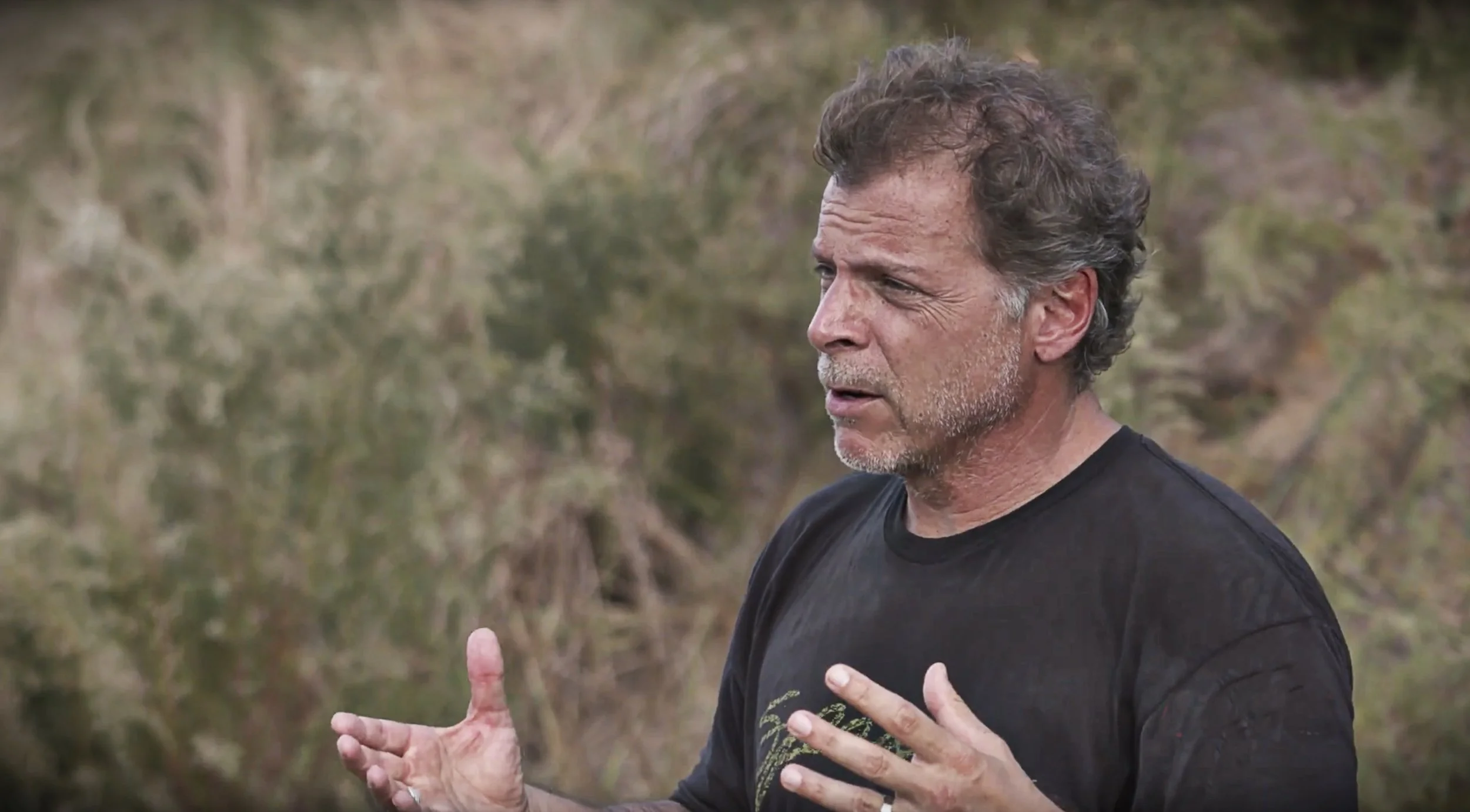Physics
-The SPEAR System uses primal and gross-motor movements instead of the complex martial art movements that permeate the martial art and defensive tactics world. This makes it easier to learn and simpler to use.
THIS ISN'T WHAT IT LOOKS LIKE.
THIS IS A DEMONSTRATION OF PHYSIOLOGY AND PHYSICS.
When you flinch your fingers splay and your hands push away the danger. The beauty of the SPEAR System is that we harness that energy and then teach participants how to redirect the kinetic energy using this instinctive movement. This makes the SPEAR System the easiest self-defense protocol to learn because the movement is already hard-wired in you.
Medical & Scientific Relevance
"The SPEAR system utilizes instinctive motion to effect a combative change in both participants. Its effectiveness is grounded in basic physiology and as a result although initially apparently simple it is fundamentally as complex as the system it is designed to protect, humans."
-Evaluation By Dr. Robert Smith (USA)
"The startle-flinch fear response in evolutionary perspective motivates self-protecting behaviors. The potency of the fear response dominates all functional systems. It tends to eliminate all parts of the perceptual fields that don't serve the fight or flight response; it generates cognitive bias and reduces working memory. If we want fear response to have an adaptive effect we need to have appropriate connection lines among emotions, cognition and action system. This is well covered in Mr. Blauer's system of self-defense.”
-Evaluation by Dr. Eric Levasseuar (Canada)
"The role of the startle response in self defence during sudden ambush: The flinch response is a well recognised reflex response in which the threatened subject adopts an automatic protective posture. The SPEAR system promotes recognition of the flinch response to sudden potentially threatening stimuli and advocates a system of self defence which commences from the postural position the response produces. As the resultant posture from the startle response is one we cannot choose, it makes sense that techniques of defence in sudden ambush start from this position"
Medical Review - Dr Anthony Bleetman (United Kingdom)
““Extensor strength is engaged to disengage from noxious stimuli via the cross extensor spinal level reflex and flexor reflex which is also at the spinal level. These are engaged at different rates depending on the mode of stimuli but they are uniform across the human species regardless of age and training.” ”
“The startle-flinch response is a spinal level reflex. Extensor strength is engaged to disengage from noxious stimuli via the crossed extensor spinal level reflex and flexor reflex. These are engaged at different rates depending on the mode of stimuli but they are uniform across the human species regardless of age and training.”





